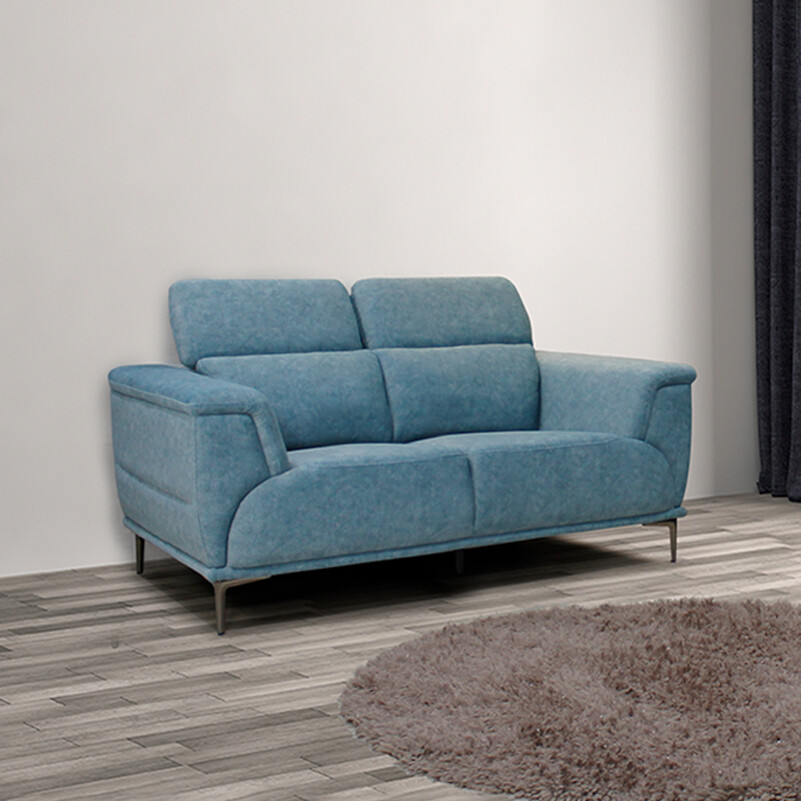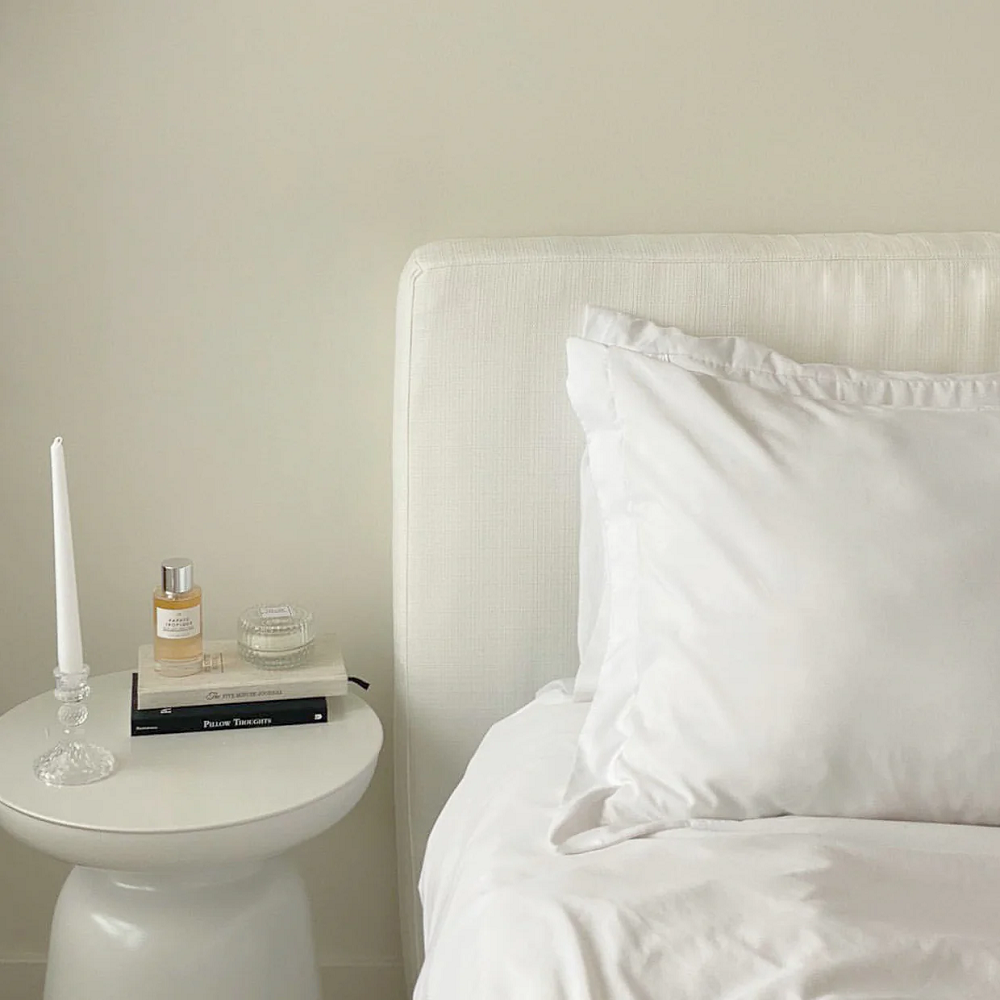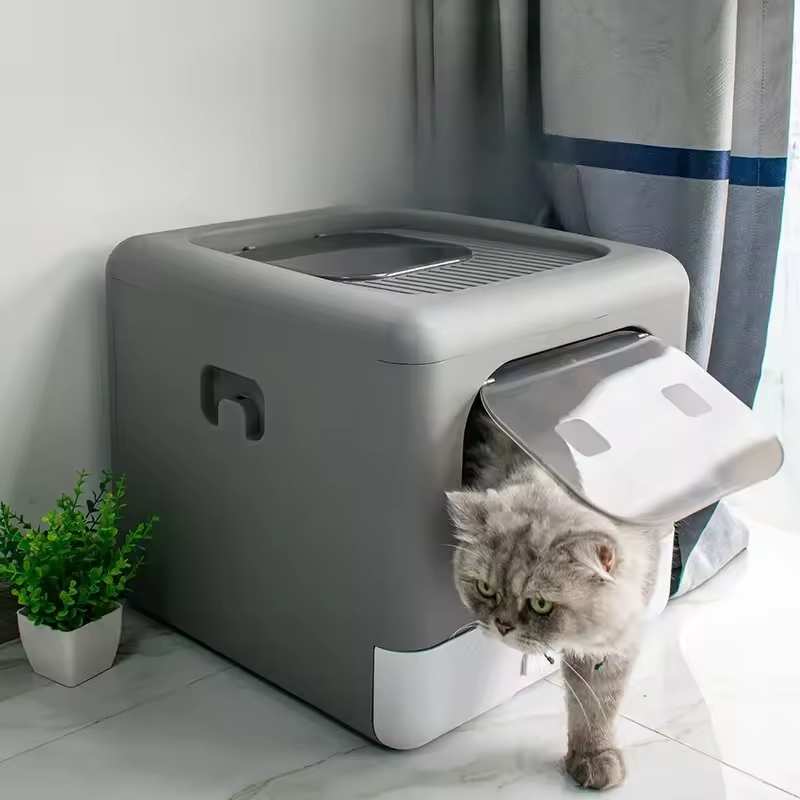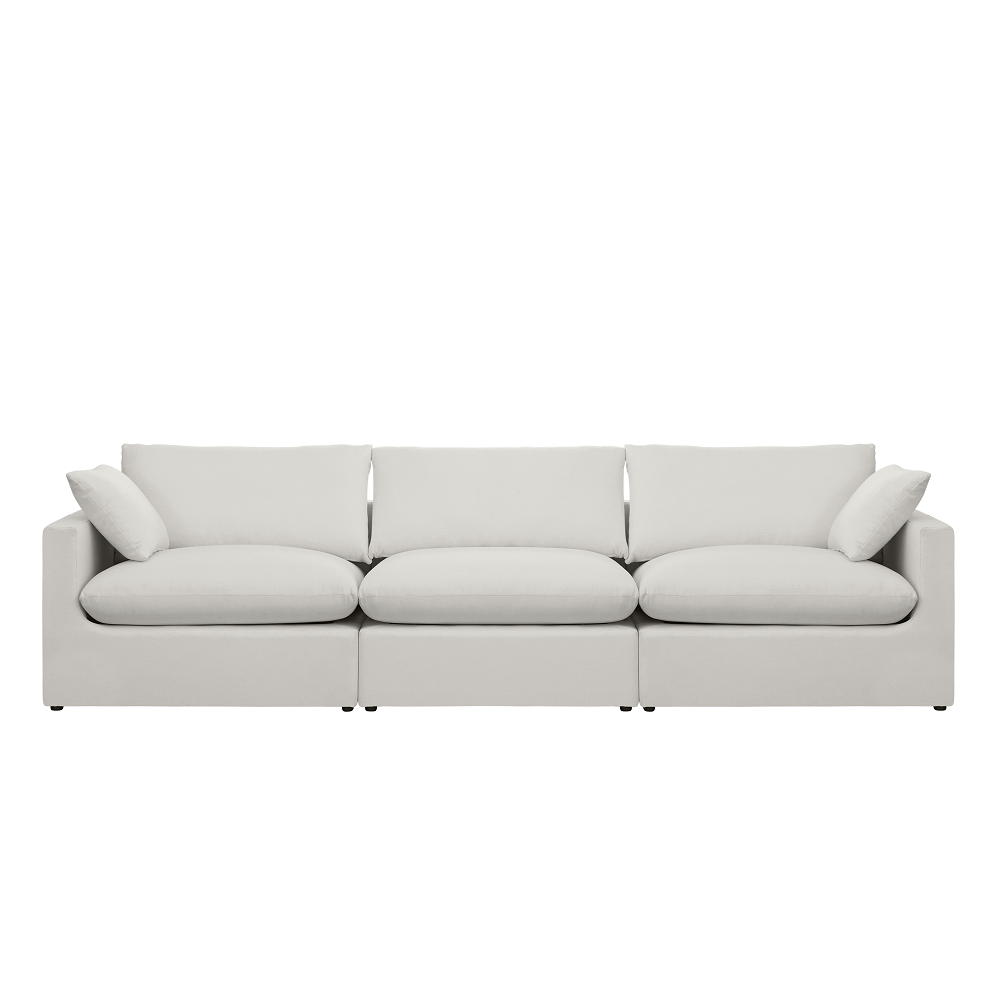Introduction to Fabric Water Stains
Dealing with fabric water stains can be frustrating. These unsightly marks are often left behind after liquid accidents on furniture, clothing, or other fabric surfaces. Understanding what water stains are and the reasons they occur is the first step toward effective removal.
Identify and Understand Fabric Water Stains
Water stains on fabric usually manifest as rings or splotches with a darker tint than the surrounding area. These are caused when water penetrates the fabric and then evaporates, leaving behind mineral deposits or residue. Sometimes, they’re the result of a spill, while other times, water alone can cause these marks, particularly if it’s hard water full of minerals. Recognize the source and appearance of the stain to tailor your cleaning approach accordingly. It’s essential to catch these stains early for easier removal.

Materials Needed for Stain Removal
When tackling the removal of water stains from fabric, having the right materials on hand is crucial. As established, tap water often causes water stains due to minerals that leave unwanted deposits. The cleaning materials listed here are simple, yet effective, and most likely already in your home.
Essential Supplies for Effective Cleaning
Prepare to remove water stains by gathering the following supplies:
- White Vinegar: This common household staple is a fabric stain removal expert.
- Distilled Water: Unlike tap water, distilled water is free from minerals that can contribute to water staining.
- Clean Dry Cloths: These will be used for blotting and absorbing moisture.
- A Spray Bottle (optional): For evenly applying vinegar, if you choose not to blot directly with a cloth.
- Protection for Your Hands (gloves): To keep your skin safe from irritation during cleaning.
For optimal results, use white vinegar due to its acidic properties that are particularly good at dissolving mineral deposits. Use distilled water for rinsing, as it doesn’t leave behind any residues that could cause more stains. Ensure your cloths are clean and absorbent to effectively lift moisture and residue from the fabric.
These supplies will serve as a foundation for the water stain removal process, which remains gentle on fabrics but tough on stains. In the following steps, we’ll detail exactly how to use these materials to remove water stains effectively and restore your fabric’s original look.
Step-by-Step Guide to Remove Water Stains
Initial Cleaning Techniques
To remove water stains from fabric, start by blotting the stained area with a clean, dry cloth. Avoid rubbing as this can push the stain deeper into the fabric. Check the fabric’s care label for any specific instructions. If the fabric is delicate, consider testing a small, inconspicuous area first.
Using Vinegar and Distilled Water
Next, prepare a solution of one part white vinegar to two parts distilled water. This mixture is effective at breaking down mineral deposits left by water. Apply the solution to a clean cloth and gently dab it on the stain. After treating the stain, blot the area with a cloth dampened with distilled water to rinse any residual vinegar. Allow the fabric to air dry. If the stain persists, repeat the process. For best results, treat stains as soon as they occur to prevent them from setting.
Tips for Using Vinegar on Fabric Stains
Using vinegar on fabric stains is a tried-and-true home remedy. It’s effective, affordable, and easy to use. However, not all stains and fabrics respond the same way, so knowing how to use this powerful household staple is key.
Benefits of Vinegar for Stain Removal
Vinegar is well-loved for its ability to fight stains due to its acidity. Here are the top benefits of using vinegar for stain removal:
- Breaks Down Minerals: Vinegar cuts through the mineral deposits that cause water stains.
- Eco-friendly: It’s a safe, non-toxic alternative to harsh chemical cleaners.
- Accessible: Most households have vinegar on hand, making it a convenient option.
- Odor Neutralizer: It not only removes stains but can also help to get rid of bad smells.
Remember to keep the proportion of one part vinegar to two parts distilled water for best results. This mix can loosen the hold of stains on your fabrics.

Precautions with Vinegar on Delicate Fabrics
Vinegar is potent, so care is needed when using it on delicate fabrics. Here are some precautions to ensure you don’t damage your items:
- Spot Test: Always apply a small amount to a hidden area to check for colorfastness.
- Dilute Correctly: Don’t use full-strength vinegar directly on fabrics; always dilute it as recommended.
- Avoid Certain Materials: Steer clear of using vinegar on materials like silk, leather, or suede.
- Rinse Well: After using the vinegar solution, blot with distilled water to remove any vinegar residue.
Incorporating these tips when using vinegar ensures that you remove stains without risking damage to your favorite fabrics.
Distilled Water: A Must-Have for Stain Removal
Using distilled water is crucial for removing water stains from fabric efficiently. This pure form of water ensures that no additional minerals are deposited during the cleaning process, which is a common issue with regular tap water. Now, let’s delve into why distilled water is so important in the fight against fabric stains.
Why Use Distilled Water?
Eliminating the risk of new stains, distilled water is fundamentally important in cleaning fabric. Here are a few reasons why:
- No Minerals: Distilled water is free of minerals that can leave residue and cause staining.
- Safe for Fabrics: It’s gentle on all types of fabrics and won’t cause further damage.
- Improves Cleaning: It augments the effectiveness of cleaning solutions like vinegar.
- Versatile Use: Whether for diluting cleaners or as a final rinse, its purity is unmatched.
In summary, for water stain removal, replacing tap water with distilled water can mean the difference between removing a stain completely or making it worse. Adopting distilled water in your fabric cleaning routine can lead to better overall fabric care and maintenance.
Additional Tips to Avoid Water Stains
After successfully removing water stains from fabric, it’s wise to take preventive measures. Preventing future stains saves time and preserves the quality of your fabrics. Below are easy tips to keep water stains at bay.
Preventing Future Water Stains on Fabrics
- Use a Fabric Protector: Apply a fabric protector spray to create a barrier against spills and stains.
- Blot Spills Immediately: Quickly absorb any liquid by blotting with a clean cloth; avoid rubbing.
- Regular Fabric Maintenance: Vacuum upholstery and curtains to remove dust that may mix with moisture.
- Keep Plants Away: Avoid placing plants over fabrics; water drips can cause stains.
- Choose Wisely: Opt for darker colored fabrics or those with stain-resistant treatments for high-use areas.
By following these simple steps, you can enhance the longevity and appearance of your fabrics. Proactivity is key in preventing water stains from becoming a recurring issue.

Conclusion and Final Thoughts
As we wrap up, it’s clear that water stains on fabric are not invincible. With the right approach and tools, you can reclaim the beauty of your stained items. Remember, patience and proper technique are your best allies.
Summarizing Effective Stain Removal Techniques
To banish water stains from fabric, gather white vinegar, distilled water, and clean cloths. Avoid using tap water to prevent additional mineral deposits. Start by blotting the stain, then treat with a vinegar and distilled water mixture. Rinse well and let the fabric air dry. For delicate items, always perform a spot test first. Lastly, prevent future stains with fabric protectors and by addressing spills promptly. Following these steps should restore your fabric’s look effectively.








